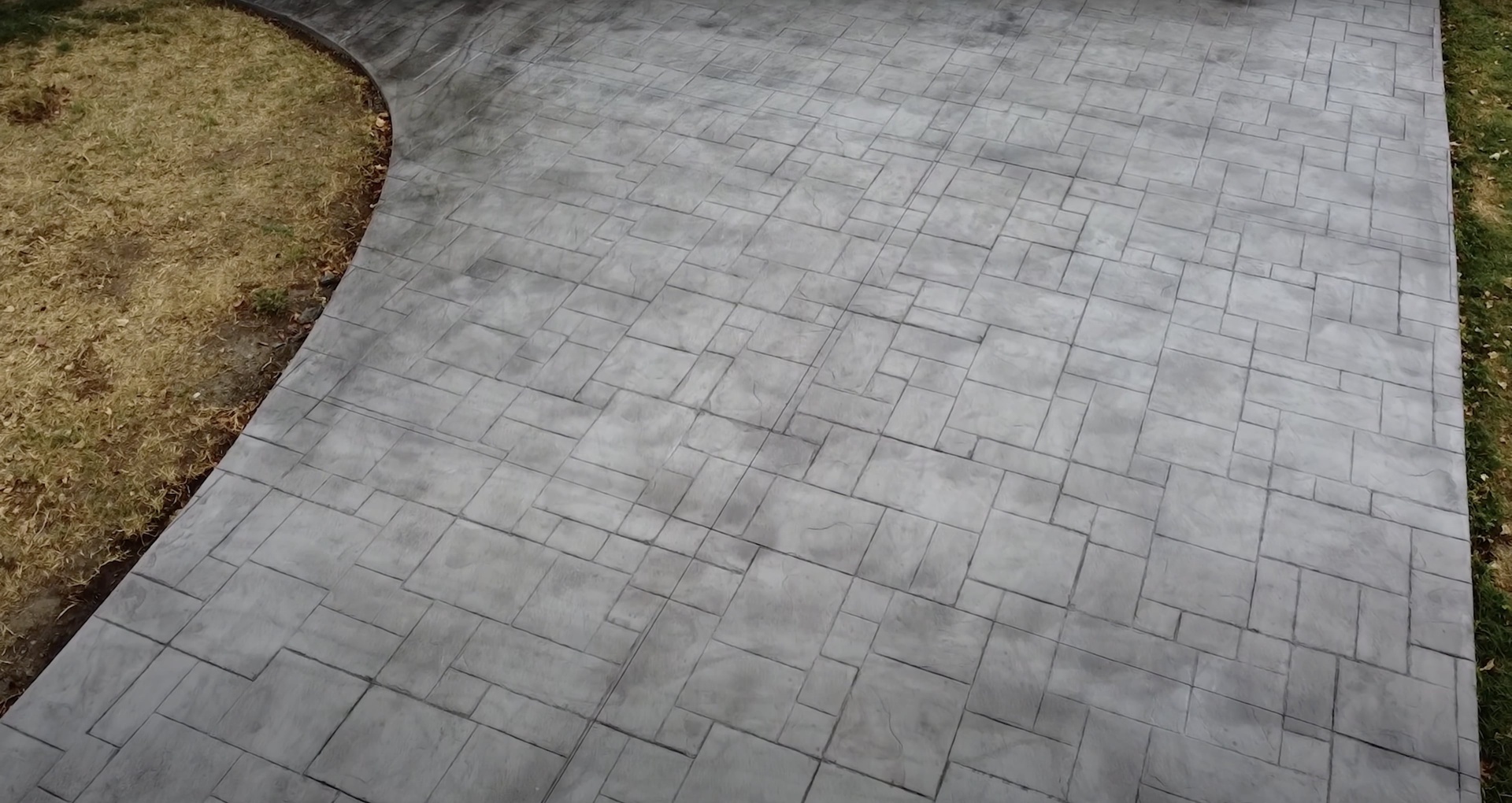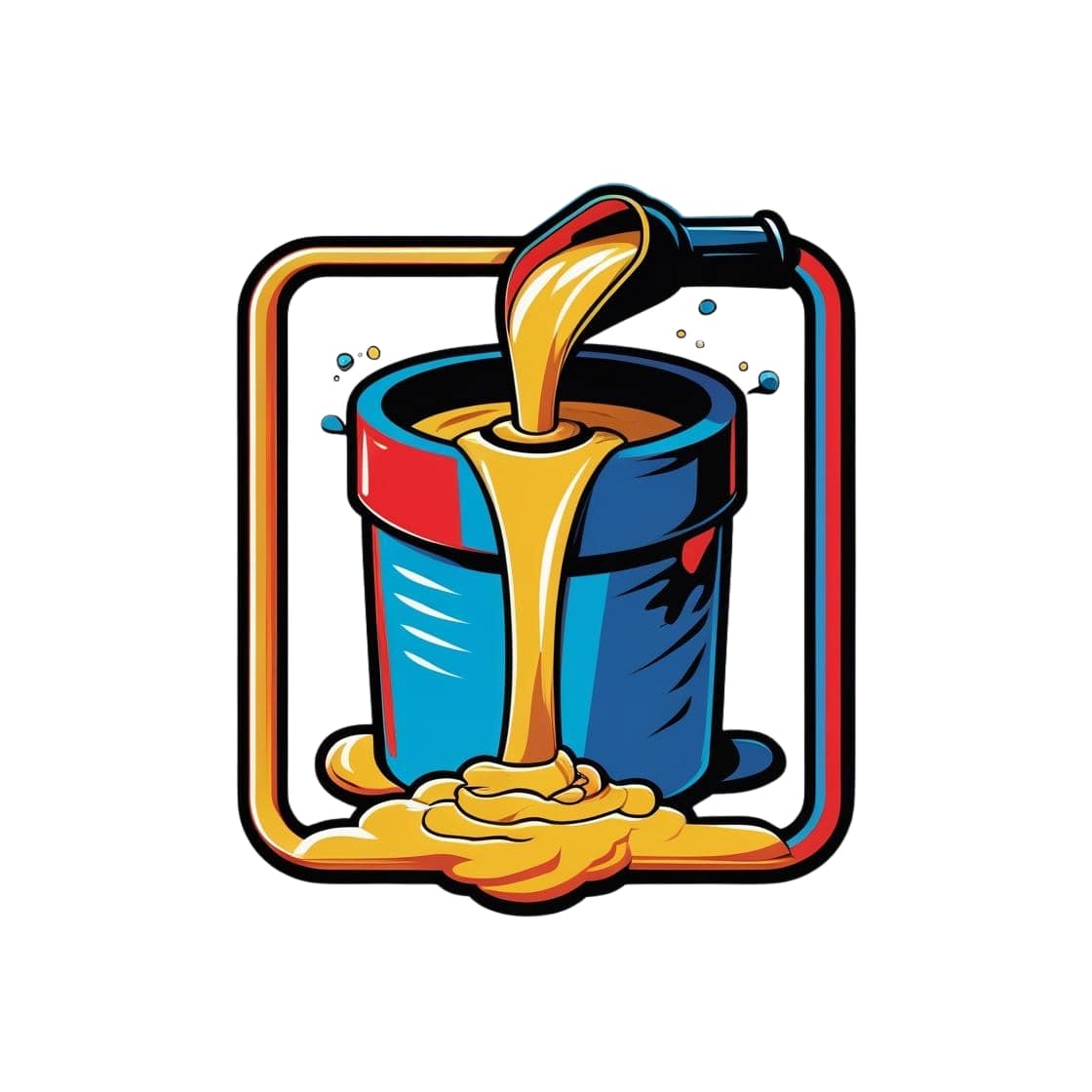5 Signs Your Concrete Driveway Needs Repair Before Winter

Living in Massachusetts means dealing with harsh winters, and your concrete driveway takes the brunt of it. I've been working with concrete for over fifteen years here in Taunton, and I can tell you that what seems like a minor crack in October can turn into a major headache by March. The freeze-thaw cycle we experience doesn't mess around – it gets into every little weakness and exploits it.
Most homeowners don't realize that fall is actually decision time for your driveway. Once winter hits, you're stuck with whatever condition it's in until spring. So let's talk about what you should be looking for right now, before the first frost arrives.
1. Cracks That Are Growing
Here's something most people get wrong: not all cracks are created equal. Hairline cracks? Those happen, especially in the first year after installation. But if you've got cracks wider than a quarter-inch, or you notice they've gotten bigger since last year, that's your driveway telling you something's wrong underneath. Water is probably getting in there, and when that water freezes this winter, those cracks are going to spider out like crazy.
2. Uneven Surfaces and Sinking Sections
If you've noticed puddles forming in spots where they didn't used to, or if you feel a noticeable dip when you drive over certain areas, that's a red flag. The soil underneath is either settling or washing away. What makes this particularly dangerous in winter is that those low spots become ice rinks. Plus, the freezing water in those depressions puts pressure on the concrete from below, which can cause whole sections to break apart.
3. Flaking or Scaling Surface
You know that powdery, flaking surface that sometimes develops on concrete? That's called scaling, and it's often caused by using too much de-icing salt in previous winters. Once it starts, it accelerates fast. The surface loses its protective layer, which means water penetrates more easily, and the next winter will be even worse. If you're seeing this, you need to address it now before another season of salt and freeze-thaw cycles makes it unrepairable.
4. Separation From Garage Floor
Take a look at where your driveway meets your garage floor. Is there a gap forming? This is more common than you'd think, especially in older installations. That gap is an invitation for water to get underneath both surfaces. When winter comes and that water freezes, it can lift and crack both your driveway and garage floor. I've seen cases where ignoring this issue led to thousands in repair costs.
5. Drainage Problems
This one's subtle but crucial. If water isn't draining off your driveway properly – if it pools, runs back toward your foundation, or creates streams across the surface – you've got a problem that winter will make much worse. Proper drainage isn't just about keeping your driveway dry; it's about preventing the freeze-thaw damage that destroys concrete from the inside out.
What Should You Do Now?
If you've recognized any of these signs in your driveway, don't wait. October and early November are the ideal months for concrete repair work in our area. The temperatures are still mild enough for proper curing, but we're close enough to winter that you'll have protection in place when it matters.
Some repairs can be straightforward – filling cracks, applying sealant, or resurfacing damaged areas. Others might require more extensive work if the underlying issues are serious. Either way, addressing these problems now is always cheaper than dealing with the aftermath of winter damage.
At Taunton Concrete, we see the results of delayed repairs every spring, and it's never pretty. The homeowners who take care of issues in the fall always come out ahead, both in terms of safety and cost. Your driveway is a significant investment in your property – it deserves the attention that will keep it functional and attractive for decades to come.
